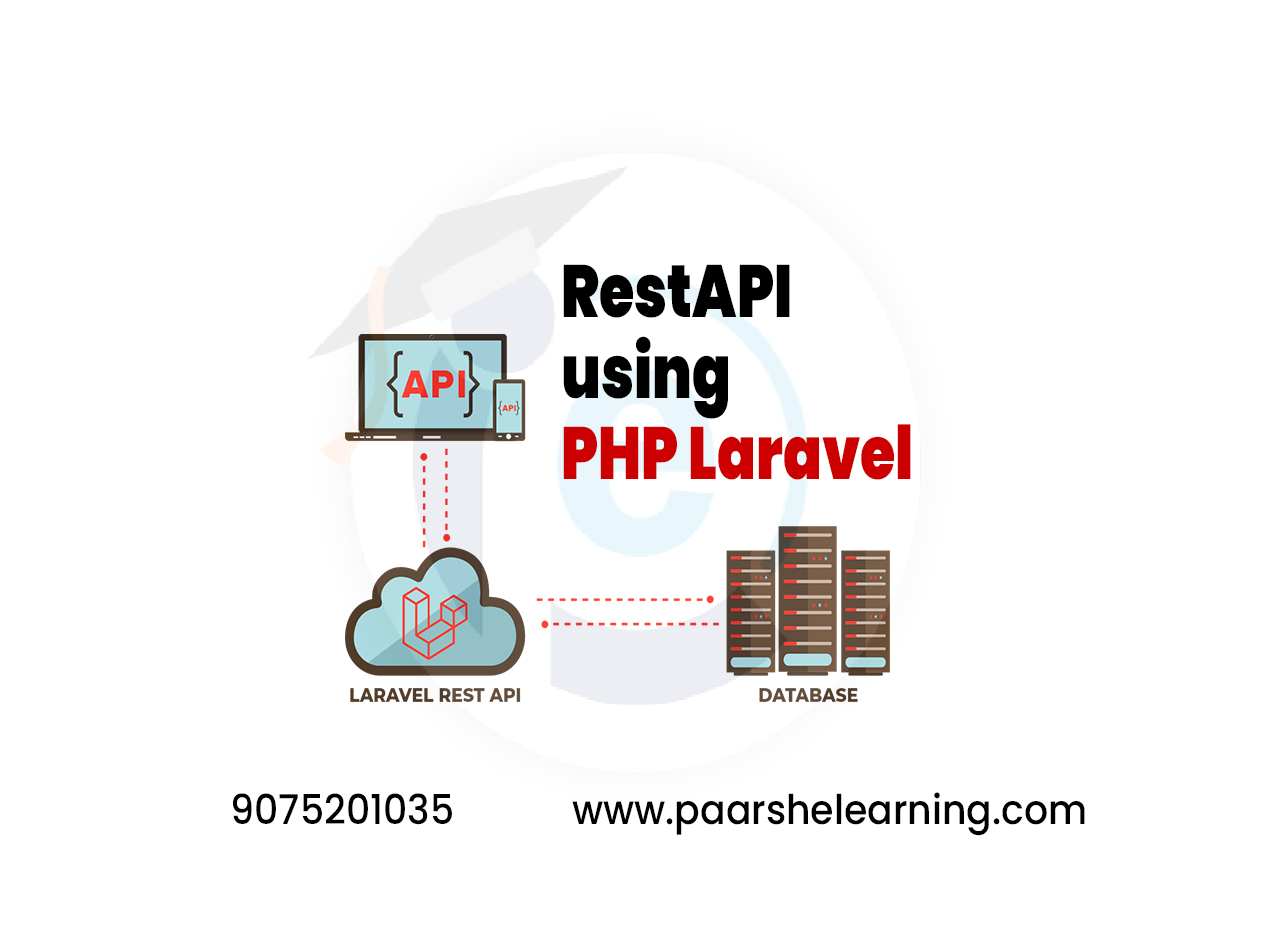- Introduction to RESTful APIs: You will learn the basics of RESTful API concepts, including HTTP methods, status codes, resource URLs, and data formats.
- Setting up the development environment: You will learn how to set up the development environment for building RESTful APIs using Spring Boot and Hibernate, including installing and configuring Java, Maven, and Spring Boot.
- Building the RESTful API: You will learn how to build a RESTful API using Spring Boot and Hibernate, including creating and handling routes, controllers, and services.
- Connecting to a database: You will learn how to connect to a database using Hibernate and perform basic CRUD (Create, Read, Update, Delete) operations.
- Authentication and authorization: You will learn how to implement authentication and authorization in a RESTful API using token-based authentication and Spring Security.
RestAPI using Spring Boot, Hibernate
Course description
REST API using Spring Boot and Hibernate is a course that teaches developers how to build a powerful and scalable RESTful API using Spring Boot and Hibernate. The course covers the following topics:
-
Introduction to RESTful APIs: This module provides an introduction to RESTful API concepts, including HTTP methods, status codes, resource URLs, and data formats.
-
Setting up the development environment: This module covers how to set up the development environment for building RESTful APIs using Spring Boot and Hibernate.
-
Building the RESTful API: This module covers the process of building a RESTful API using Spring Boot and Hibernate, including how to create and handle routes, controllers, and services.
-
Connecting to a database: This module covers how to connect to a database and interact with data using Hibernate.
-
Authentication and authorization: This module covers how to implement authentication and authorization in a RESTful API using token-based authentication and Spring Security.
-
Testing and debugging: This module covers how to test and debug the RESTful API using tools like Postman or curl.
-
Deployment and optimization: This module covers how to deploy the RESTful API and optimize it for scalability and performance.
Throughout the course, you'll work on a real-world project, such as building a blog API or a social media platform, to apply the concepts you learn. You'll also have access to resources such as code examples, video tutorials, and quizzes to reinforce your learning.
What you will learn from this course?
This course includes!
- Daily Live session
- A recorded session with problem-solving material
- Access on Mobile and TV
- Certificate of completion
- Recommendation Letter
- 100% Job Placements
This course is for
- The course on building a REST API using Spring Boot and Hibernate is for developers who want to learn how to build powerful and scalable RESTful APIs using these technologies.
- It's suitable for both beginners and intermediate developers who have some prior experience in Java and web development.
- If you want to learn how to build a robust RESTful API using Spring Boot and Hibernate, and gain a deep understanding of RESTful API concepts and best practices, then this course is for you.
Prerequisites for this course
- To take this course on building a REST API using Spring Boot and Hibernate, you should have a basic understanding of Java programming language, as well as web development concepts such as HTTP, HTML, and CSS.
- You should also have some familiarity with database concepts and SQL queries. Additionally, it's recommended that you have some prior experience with Spring Framework and Hibernate ORM.
Restapi Using Spring Boot, Hibernate Syllabus
-
Introduction To Restful Apis, Spring Boot, And Hibernate
Overview of RESTful APIs and their significance Introduction to Spring Boot and its features Introduction to Hibernate and its role in data persistence Setting up a development environment (Java, Spring Tool Suite, MySQL)
-
Building The Api Foundation With Spring Boot
Understanding REST architecture and principles Creating a new Spring Boot project Setting up project dependencies and configurations Implementing basic CRUD operations using Spring Boot
-
Creating Models And Entities With Hibernate
Introduction to Hibernate and its ORM capabilities Creating Java entity classes for database tables Mapping entities to database tables using annotations Implementing JPA repositories for data access
-
Handling Get Requests And Data Retrieval
Designing API endpoints for retrieving data Implementing GET methods for single and multiple resources Sending JSON responses to client requests Using JPA repositories to fetch data from the database
-
Handling Post And Put Requests For Data Modification
Setting up API routes for creating and updating resources Implementing POST and PUT methods for data modification Validating incoming data using annotations and Spring Validation Sending appropriate HTTP responses for success and error
-
Handling Delete Requests And Data Deletion
Designing API routes for deleting resources Implementing DELETE methods for resource deletion Handling requests with URL parameters and path variables Sending appropriate HTTP responses for deletions
-
Managing Relationships With Hibernate
Defining one-to-many and many-to-many relationships Implementing bidirectional associations between entities Handling cascading operations for related entities Fetching related data using JPA queries
-
Authentication And Security
Introduction to Spring Security and its components Implementing token-based authentication using JWT (JSON Web Tokens) Securing API endpoints and protecting sensitive data Handling unauthorized access and providing error responses
-
Error Handling And Exception Management
Implementing consistent error handling in the API Creating custom exception classes for different scenarios Using Spring's ExceptionHandler to handle exceptions Sending appropriate error responses with details
-
Testing And Debugging
Introduction to testing methodologies (unit tests, integration tests) Writing unit tests for API endpoints using JUnit and Mockito Testing database interactions using H2 in-memory database Debugging common API issues and errors
-
Documentation And Best Practices
Generating API documentation using Springfox Swagger Documenting API endpoints, request parameters, and responses Reviewing best practices for designing RESTful APIs Analyzing real-world API examples and case studies
-
Advanced Topics And Final Project
Implementing advanced features (pagination, sorting, filtering) Integrating frontend frameworks (Angular, React) with Spring Boot APIs Performance optimization techniques for Spring Boot applications Final project: Developing a comprehensive RESTful API using Spring Boot and Hibernate
-
Paarsh E-Learning encourages hands-on practice, assignments, and projects throughout the course to reinforce students' understanding of building RESTful APIs using Spring Boot and Hibernate. Assign practical exercises that involve creating endpoints, handling different types of requests, and implementing authentication and validation. Cover both theoretical concepts and practical applications to provide a well-rounded learning experience.






